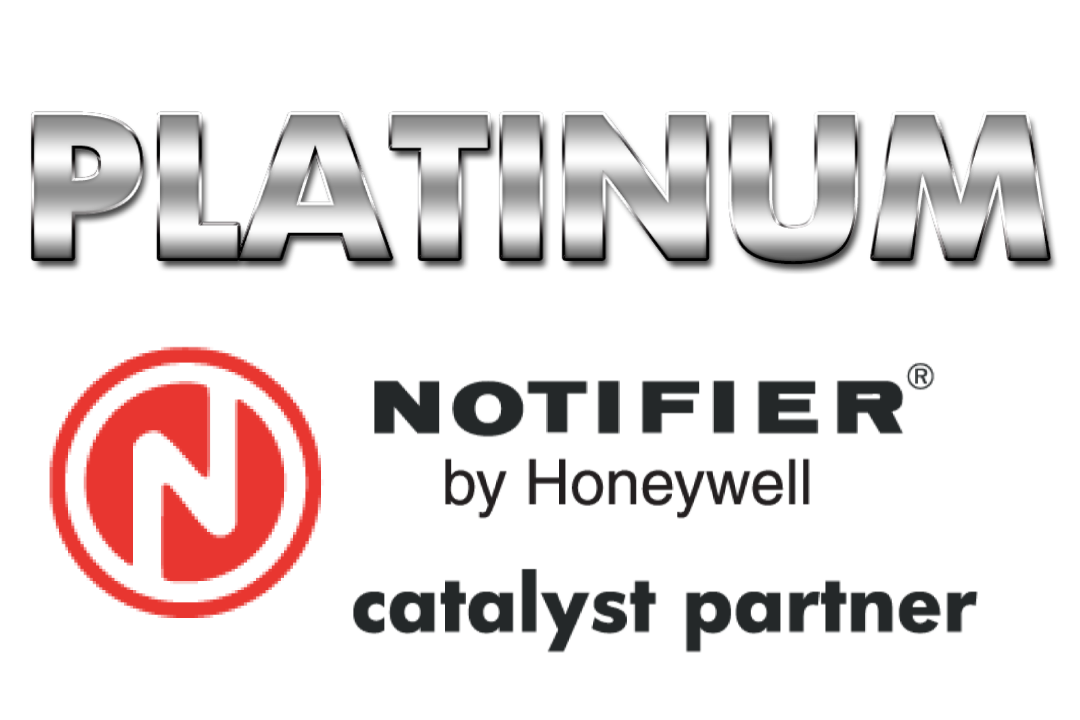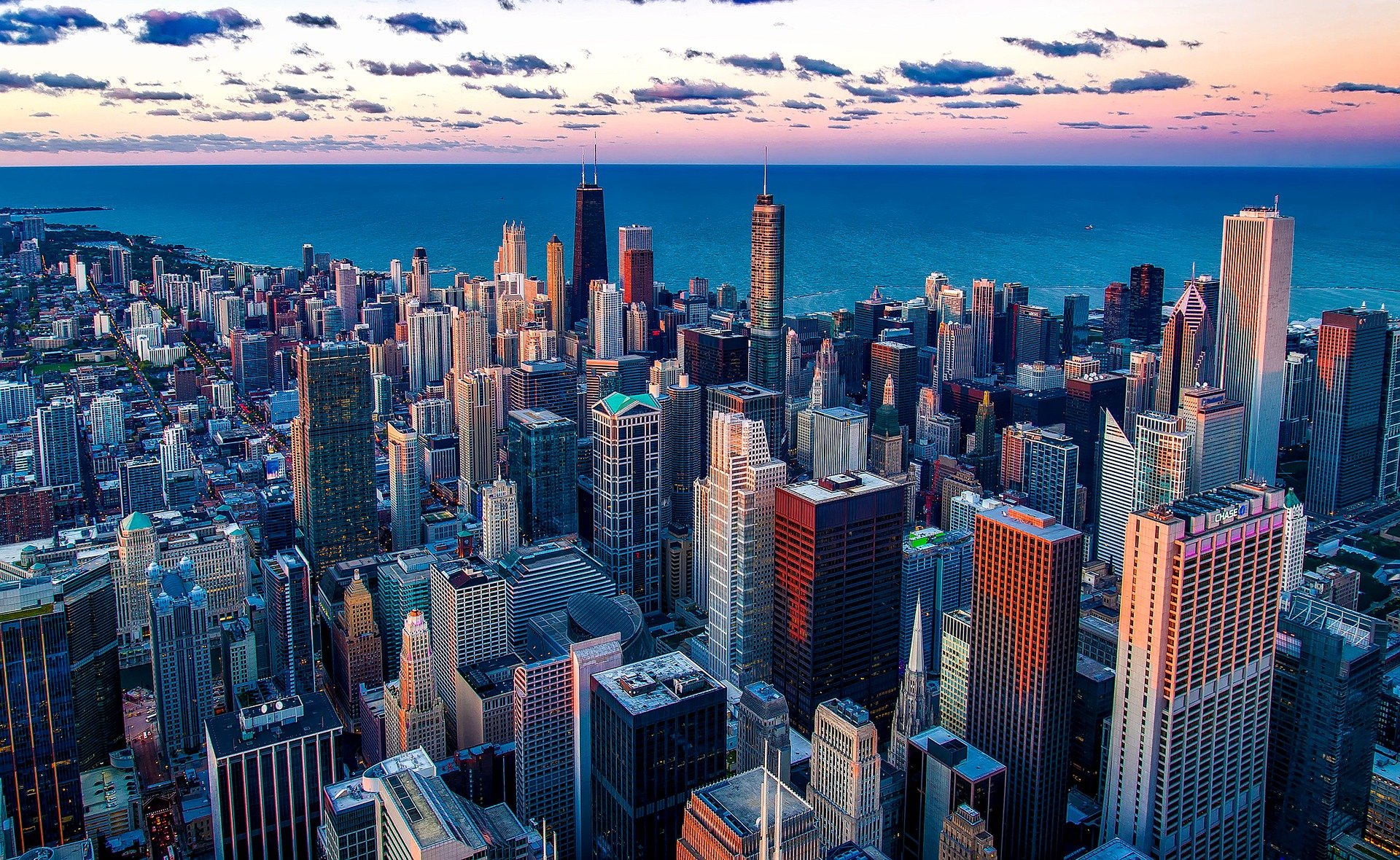
Get A Quote
There are two kinds of fire protection systems that work together to provide maximum protection: passive and active systems.
Passive versus Active Systems
Passive fire protection (PFP) materials are typically built right into a building and include things like using fire retardant materials like cinder blocks in place of wood to build the walls of a building. Builders can also use materials like fire dampers, fire doors, wall assemblies, and fire-resistant coatings. These materials help to prevent the spread of smoke and fire into other parts of a structure, therefore providing containment. When active and passive fire protection systems are working together, they can assist in putting fires out faster and preventing much more damage within a structure.
The objective of PFP systems is to:
- Contain the fire to its origin location
- Decelerate the fire from spreading outside of its containment location
- Slow down the heating of the structure
- Impede the fire from spreading through openings such as doors or HVAC ducts
Some people assume that because they are called “passive” systems, they are not as effective as active systems. That is not the case. Passive fire protection systems are equally as effective, but when coupled with active fire protection systems, they provide the highest level of protection against fires in your commercial buildings.
Active fire protection (AFP) systems include elements such as sprinkler systems, fire alarms, fire extinguishers, and smoke detectors. These items require an action to take place to put out a fire. Active fire protection systems can be broken down into three categories:
- Detection: this includes products designed to detect smoke or fire, which then alerts building occupants of danger
- Suppression: this is anything that can be used to put the fire out, such as fire extinguishers or sprinkler systems
- Ventilation: the purpose is to prevent smoke from building up on evacuation routes
So Which System Should I Focus On?
The truth is that both systems are equally crucial for fire protection and deserve equal attention. If you can use passive fire protection materials during the construction of your commercial building, you should. Using fire retardant materials during the construction can save you a lot of money later should a fire break out in your building. Although, it is possible to add passive systems even after construction is complete by installing smoke curtains and panels for an added layer of protection.
Passive systems focus on the containment of the fire, meaning there is less damage and fewer people affected. Active systems focus on the suppression of a fire, which is much easier to do if the fire is contained to a smaller area of the building as a result of properly functioning passive systems.
It is important to note that both passive and active fire protection systems need to be working properly to optimize the level of protection for your commercial building.
HRSS/SMG has a team of knowledgeable, certified fire safety specialists who will consult with you to provide integrated solutions for a complete commercial fire safety system that includes both passive and active fire protection systems.
HRSS/SMG provides commercial buildings with the most comprehensive fire and life safety systems from design concept through completion and scheduled maintenance. Let our team of certified professionals work with you to create a commercial fire protection system that is code compliant to fit your unique business needs. Contact us to learn about how we can provide you with the most effective and efficient fire safety system.



